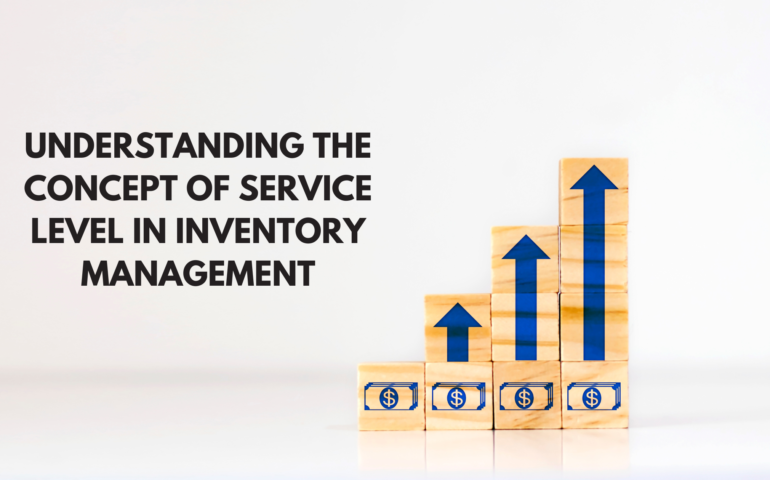09 Dec

Understanding the Perpetual Inventory System: A Comprehensive Guide for E-commerce Businesses
Table of Contents Introduction How to Implement a Perpetual Inventory System for Your E-commerce Business The Benefits of Utilizing a Perpetual Inventory System for E-commerce Understanding the Different Types of Perpetual Inventory Systems Analyzing the Cost of Implementing a Perpetual
06 Jul

Understanding the Importance of Reverse Logistics in E-commerce
Table of Contents Introduction How Reverse Logistics Can Help E-commerce Businesses Improve Their Bottom Line The Benefits of Automating Reverse Logistics for E-commerce Companies Understanding the Role of Reverse Logistics in E-commerce Supply Chain Management Exploring the Challenges of Implementing
06 Mar

Achieving Optimal Service Levels: Understanding the Concept of Service Level in Inventory Management
As a business, providing the highest level of service to your customers is a key factor in achieving customer satisfaction and loyalty. The concept of service level in inventory management is critical to understanding how to meet customer expectations and
17 Feb

Order Management vs Inventory Management: Understanding the Key Differences
Businesses of all sizes need to understand the differences between order and inventory management. Both are essential for efficient, successful operations, but the two systems have different goals and objectives. Order management is responsible for the customer experience, while inventory
10 Dec

Understanding Cost Per Unit, How to Calculate It, and Tips to Maximize Your Profits!
Cost per unit is a key metric in inventory management that helps businesses understand the cost associated with each unit of inventory they hold. It is calculated by dividing the total cost of goods purchased by the number of units
